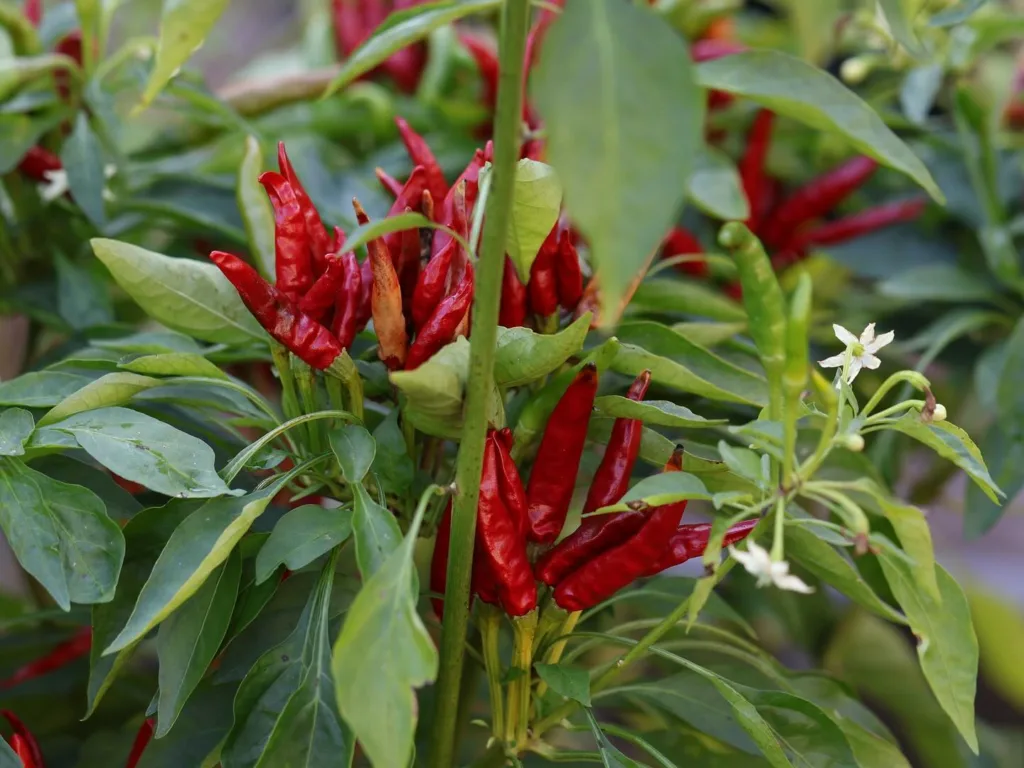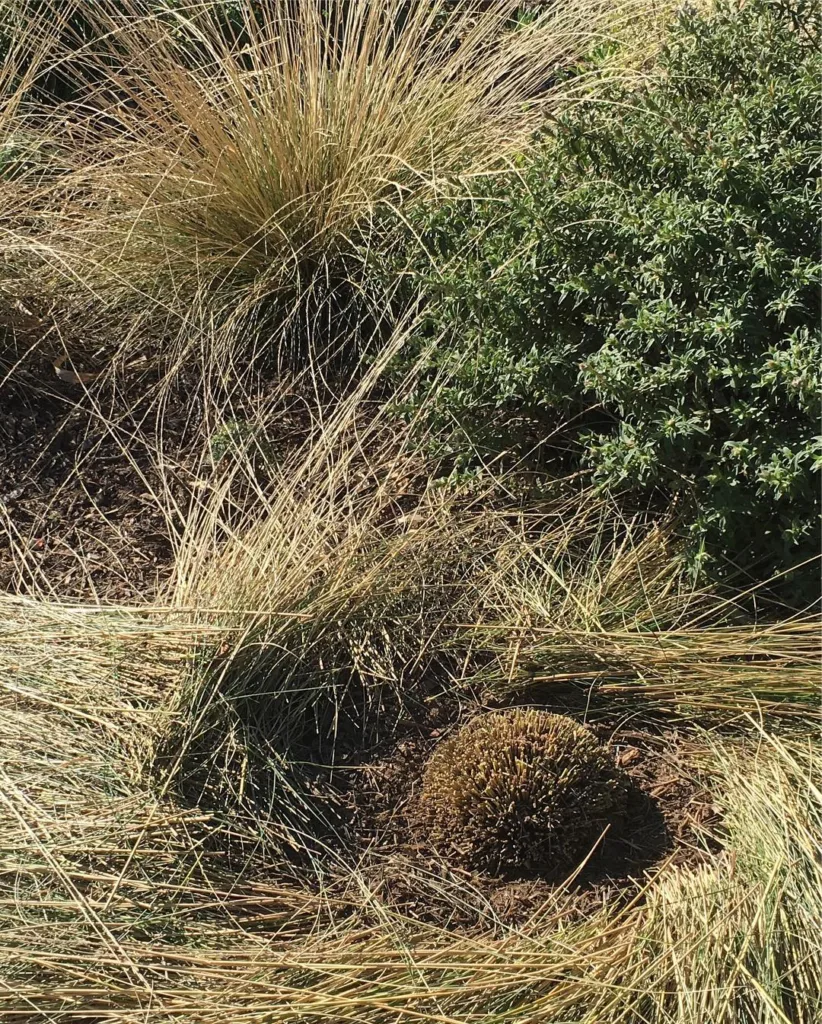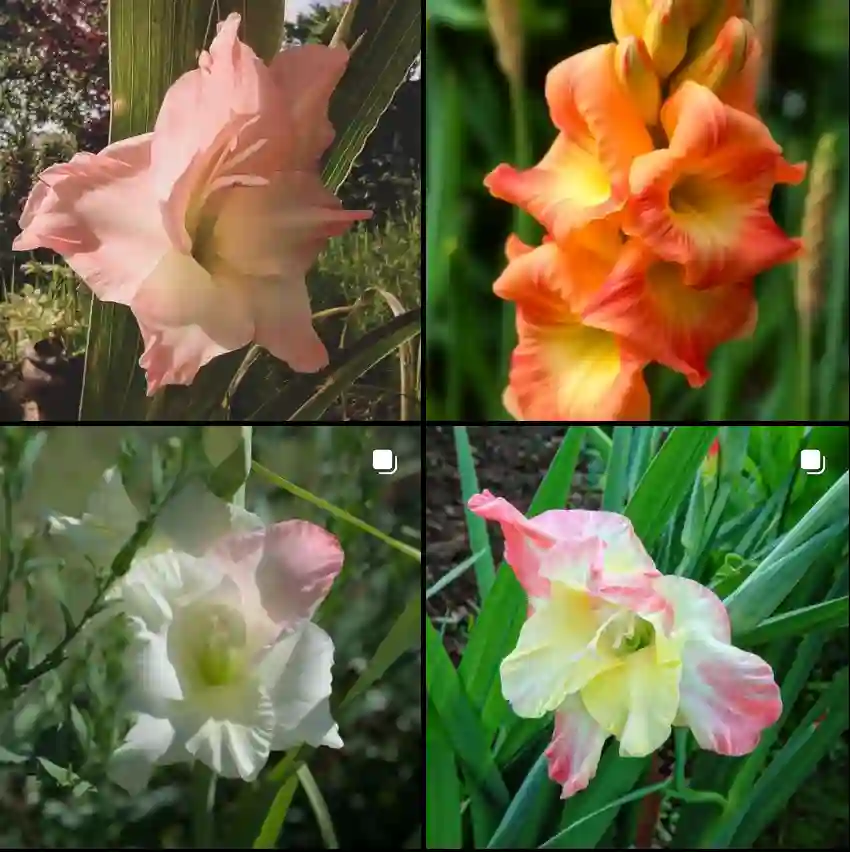Exploring the Hypodematiaceae Family: A Personal Journey
The world of ferns has always fascinated me. Among the diverse families of ferns, one that stands out is the Hypodematiaceae family. This family, though lesser-known, contains some intriguing genera, particularly Hypodematium and Leucostegia. In this article, I want to share my exploration of these genera and the unique characteristics that define them.
Understanding the Hypodematiaceae Family
The Hypodematiaceae family is part of the larger order of ferns. This family includes various species, primarily found in tropical and subtropical regions. I’ve always been drawn to the unique structures and growth habits of ferns, and the Hypodematiaceae family certainly delivers on that front.
Genera Overview
Two notable genera in the Hypodematiaceae family are Hypodematium and Leucostegia. Each has distinct features that contribute to the diversity within the family.
Hypodematium
Hypodematium is a genus that caught my attention because of its unique leaf morphology. The leaves are typically large, with a distinctive shape that resembles a wide blade. The fronds often have a beautiful texture, making them a striking addition to any garden or indoor space.
In my experience, these ferns thrive in shady, humid environments, which is something to consider if you’re thinking about cultivating them. I’ve found that maintaining consistent moisture is crucial for their growth. I often mist the leaves and ensure they’re not exposed to direct sunlight for prolonged periods.
Leucostegia
On the other hand, Leucostegia presents a different charm. The fronds of Leucostegia tend to be more delicate and finely divided than those of Hypodematium. This gives them an ethereal quality, almost as if they belong in a fairy tale.
In my personal observations, Leucostegia species often prefer slightly drier conditions compared to Hypodematium. This adaptability makes them a fascinating study. I’ve experimented with different potting mixes, and I’ve found that a blend with good drainage works best for these ferns. They are resilient and can handle variations in humidity better than I initially anticipated.
Habitat and Growth Conditions
Both genera thrive in specific habitats that cater to their unique needs. The lush undergrowth of tropical forests provides an ideal setting for these ferns, allowing them to grow and flourish.
Growing Hypodematium
When I began growing Hypodematium, I placed them in a shaded corner of my garden where they could receive filtered light. This position proved advantageous, as the plants thrived without the risk of sunburn. I learned that they also benefit from regular feeding during the growing season. A balanced fertilizer applied every few weeks helped my plants develop robust fronds.
Growing Leucostegia
In contrast, I found Leucostegia to be more forgiving when it came to soil conditions. I’ve had success with a mixture of potting soil, perlite, and organic compost. This combination allows for proper drainage while retaining enough moisture to keep the roots happy.
In addition, Leucostegia’s aesthetic appeal makes it a wonderful candidate for decorative pots in indoor settings. I’ve placed a few near windows, ensuring they receive bright, indirect light. They’ve added a soft, lush touch to my living space.
Cultivation and Care Tips
Caring for ferns from the Hypodematiaceae family is a rewarding endeavor. Here are some tips I’ve learned through trial and error:
Watering
Both Hypodematium and Leucostegia prefer consistently moist soil, but it’s essential to avoid waterlogging. I always check the top inch of soil; if it feels dry, it’s time to water.
Humidity
These ferns thrive in higher humidity levels. I’ve found that placing a humidity tray with pebbles under the pots significantly increases moisture around the plants. During dry spells, a simple misting helps keep the humidity levels stable.
Pruning
Regular pruning is essential for maintaining healthy ferns. I often remove any yellowing or damaged fronds to encourage new growth. This practice has helped keep my plants looking vibrant and full.
Conclusion
The Hypodematiaceae family, with its unique genera Hypodematium and Leucostegia, has enriched my gardening experience. These ferns offer a blend of beauty and adaptability that makes them worthwhile additions to any plant collection. Whether you’re a seasoned gardener or just starting, I encourage you to explore these fascinating ferns. Their unique characteristics and growth habits will undoubtedly enhance your appreciation for the diverse world of ferns.
If i die, water my plants!



